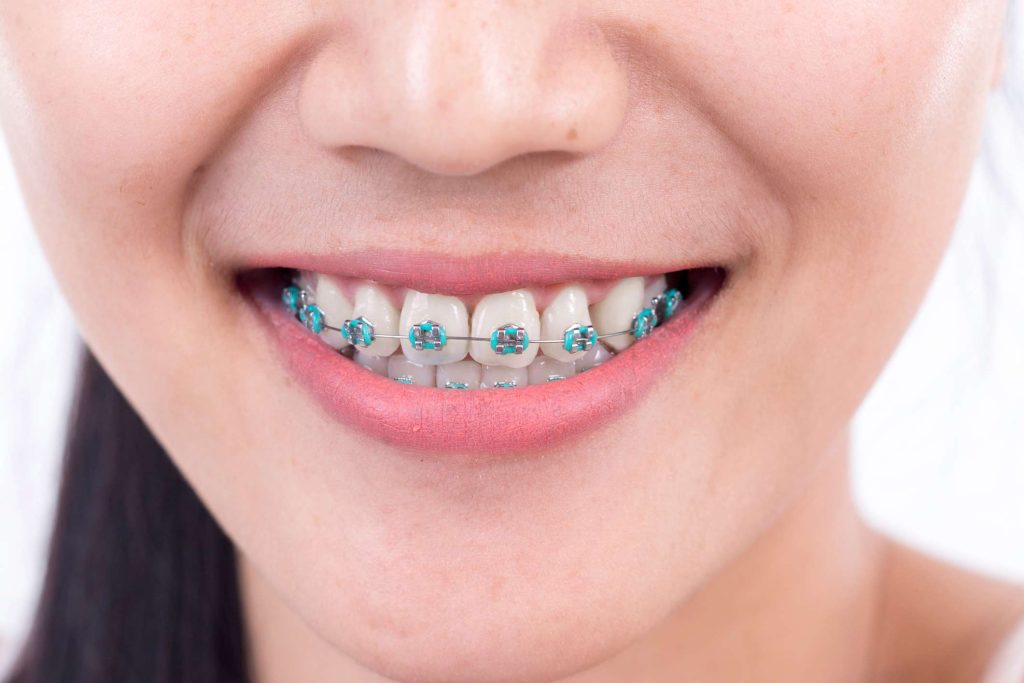.If you’re wondering how much braces will cost your child, the honest answer isn’t as simple as you might expect. There are many factors that will affect your child’s exact dental bill, including their specific needs, the dentist they see, and any financial assistance programs they can take advantage of. Fortunately, this guide to the cost of braces for kids will help you navigate these murky waters so you know exactly what to expect when it comes time to pay the dentist! Read on to learn more about braces pricing at different ages and stages of treatment, as well as information on payment plans and available discounts.
What is Orthodontics?
Orthodontics is a branch of dentistry that provides treatment such as dental braces, retainers, and headgear in order to align and straighten teeth. Patients typically visit their orthodontist monthly during their active treatment plan in order to check on how they’re progressing. Orthodontic services are typically not covered by dental insurance so it can be difficult for parents with children who need braces or another form of orthodontic care to figure out how much they’ll end up paying out-of-pocket. In some cases, patients pay a set fee per month regardless of how long they have active treatment plans with their orthodontists. However, other patients may see changes in cost based on factors like duration or frequency.
How much do braces cost?
The cost of braces is typically broken down into two categories: A one-time payment at placement and then a monthly payment that covers treatment. On average, it costs about $7,500 dollars for Invisalign to straighten teeth. With metal braces it can be as high as $12,000 depending on how much work needs to be done. If your child is older than 11 years old when they start wearing their braces, you may need to pay a higher fee because it will take longer for them wear off their braces compared to someone who started when they were younger.
There are also additional fees if there are any issues with an archwire or bracket during treatment. These fees vary from place to place but usually range between $200-$300 per issue. Some orthodontists also offer financing options so you don’t have to pay all at once which makes it easier for families who don’t have thousands of dollars sitting around in case something goes wrong with their child’s braces or if they run into any other unexpected expenses while getting their teeth fixed.
Can my insurance help pay for them?
Depending on your plan, braces can cost anywhere from $1,000 – $7,000 per year. So how much will it cost you and how much will you have to pay? First, take a look at your insurance coverage. Many policies offer a yearly limit of $1,200 or less (and some as low as $100) which means that if you go over that number in one year you’ll be responsible for covering it out-of-pocket. If your plan has a lifetime maximum benefit cap you should also keep in mind that orthodontic treatment can last several years so don’t exceed that amount because there is no going back!
What if I don’t have insurance?
While every company is different, many companies will pay some portion of orthodontic costs. When you have one or more children on your plan. Check with your employer or current insurance provider to find out what’s covered. As well as how much you’ll need to pay out-of-pocket. If you don’t have insurance, prices vary dramatically depending on location and a variety of other factors. In general, traditional braces cost $2,500-$4,000 per child; invisalign aligners cost $1,500-$3,000 per child; and clear braces (often marketed as invisible braces) run about $3,800-$6,200 per child.
What are some payment options?
Whether you’re looking at Invisalign, traditional metal braces or clear braces, dental insurance generally won’t cover orthodontic treatments. But that doesn’t mean they aren’t affordable. One way to reduce costs is through price shopping—finding a provider who offers flexible financing terms and is willing to charge less than competitors in exchange for long-term payments over multiple years. Dental schools and residency programs often offer reduced-cost orthodontic care for current students and residents; check your local listings. If you want fast service, ask about their wait list (or try a different practice). For more information on how much do braces cost a month, contact an experienced dentist or orthodontist in your area.
